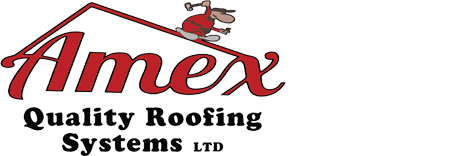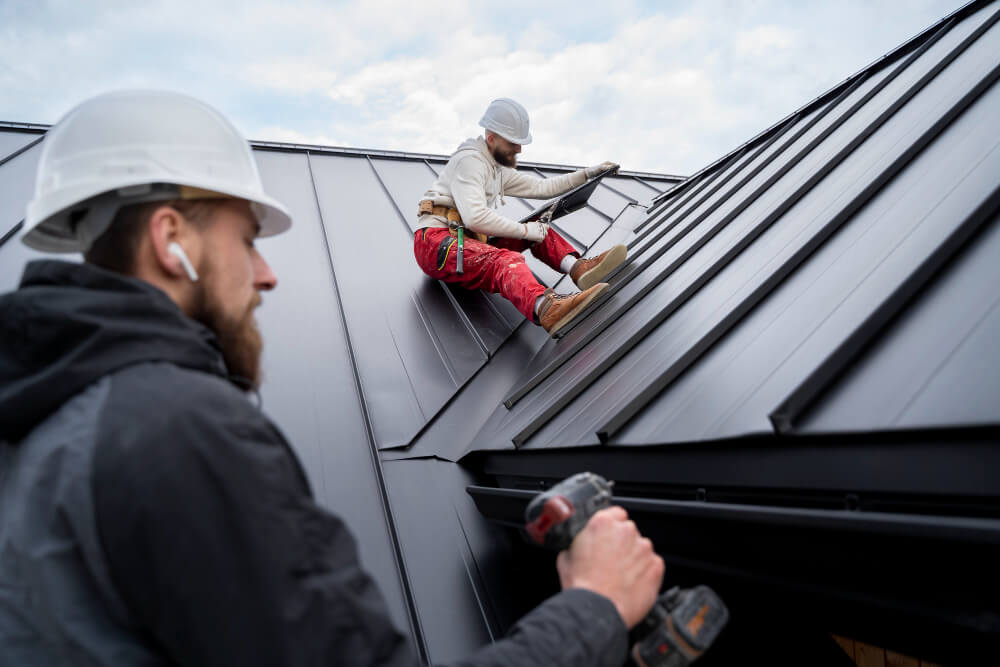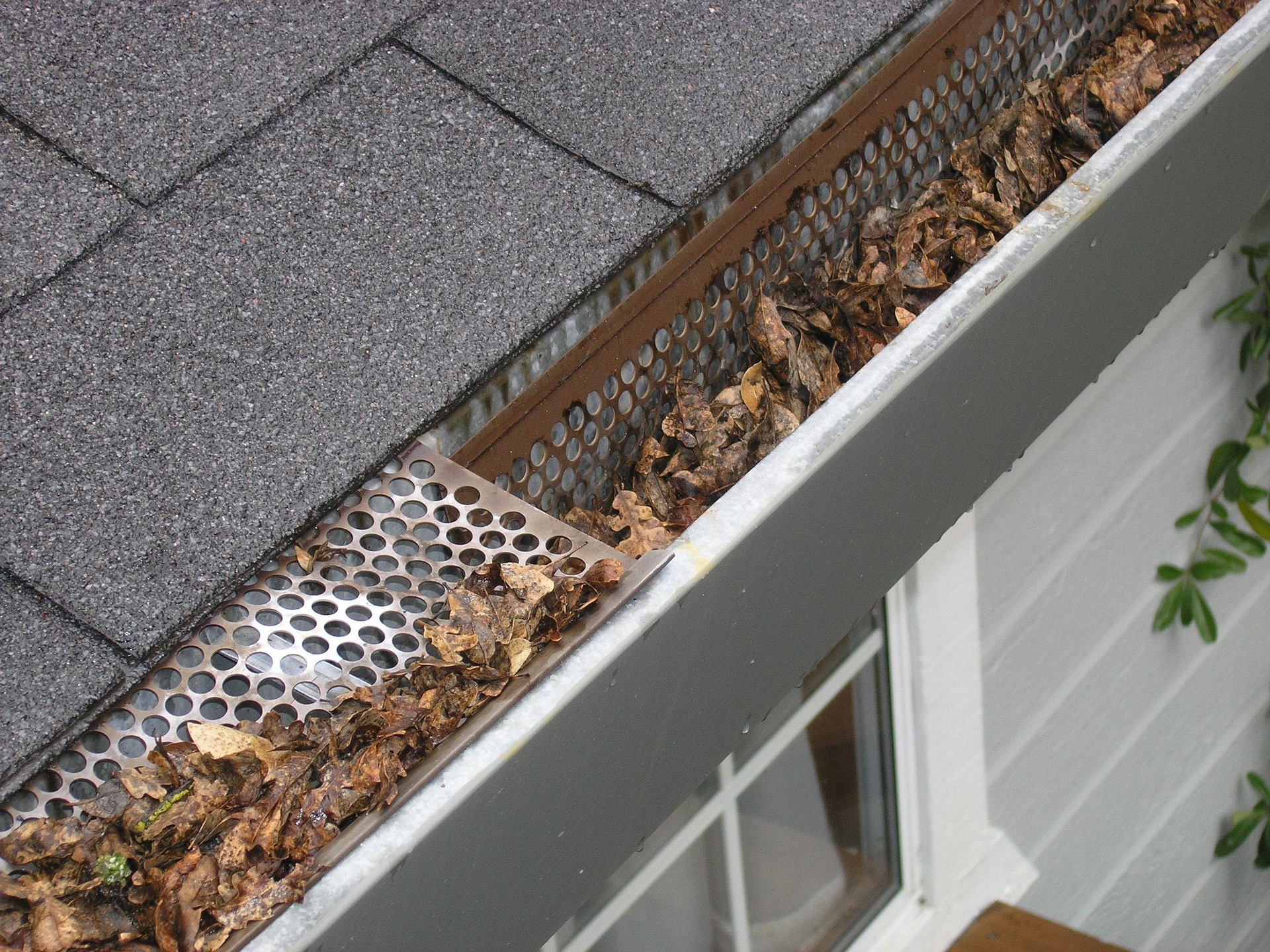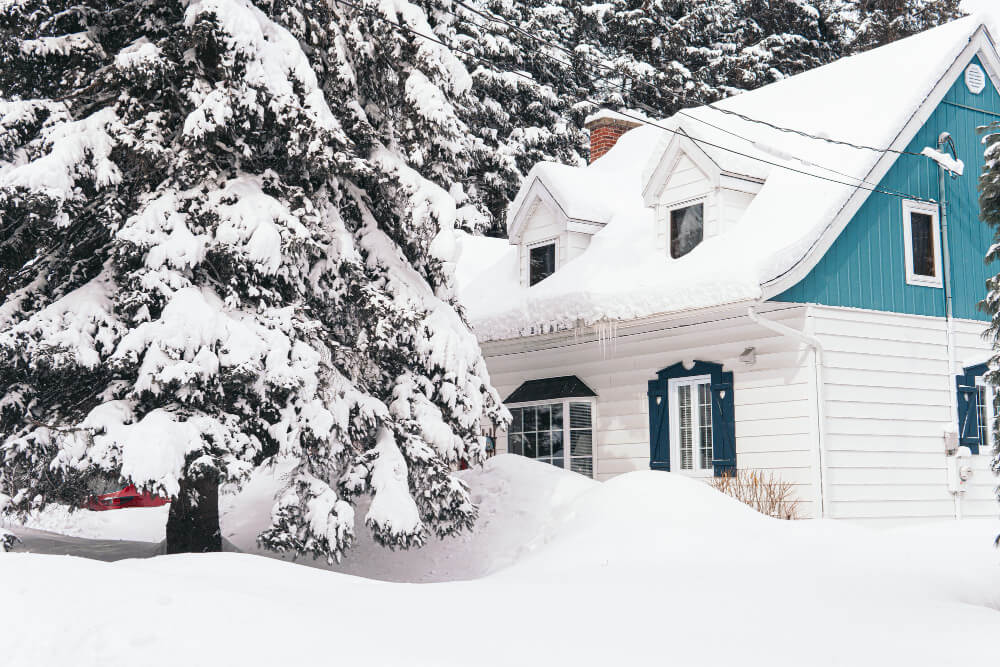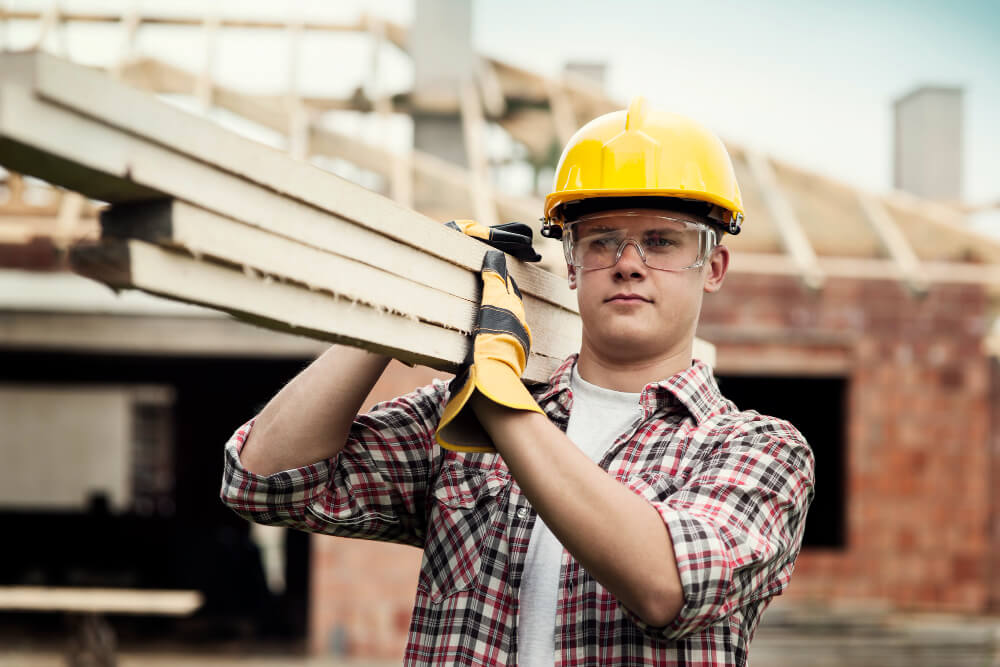When it comes to installing a metal roof, selecting the appropriate underlayment is crucial. This layer, placed between your roof deck and the metal panels, serves as an additional barrier against moisture, heat, and potential leaks. Choosing the right underlayment ensures the longevity and effectiveness of your metal roofing system.
What Is Roof Underlayment?
Roof underlayment is a water-resistant or waterproof barrier installed directly onto the roof deck before the metal roofing panels are applied. It provides an extra layer of protection against water infiltration, ice dams, and wind-driven rain, which is especially important in areas with varying climates.
Types of Underlayment for Metal Roofs
There are several types of underlayment suitable for metal roofing systems:
1. Asphalt-Saturated Felt
This traditional underlayment is made from organic or fibreglass materials saturated with asphalt. It’s cost-effective and provides basic protection. However, it can be prone to wrinkling and may degrade over time, especially in areas with high humidity or extreme temperatures.
2. Synthetic Underlayment
Made from polypropylene or polyethylene, synthetic underlayment is lightweight, durable, and resistant to tearing. It offers superior protection against water and UV rays compared to felt. Many synthetic options are slip-resistant, making installation safer.
3. Self-Adhering Membranes
These peel-and-stick underlayments are made from rubberized asphalt and are ideal for areas prone to ice dams, such as eaves and valleys. They provide a watertight seal and are excellent for preventing leaks in vulnerable spots.
4. Rubberized Asphalt
This underlayment combines asphalt with rubber polymers, offering enhanced waterproofing capabilities. It’s particularly beneficial in regions with heavy rainfall or snow, as it provides a strong barrier against water infiltration.
Factors to Consider When Choosing Underlayment
- Climate: In areas with heavy snowfall or rain, a self-adhering membrane or rubberized asphalt may be more suitable due to their superior waterproofing properties.
- Roof Slope: Steeper slopes may allow water to shed more quickly, but areas with low slopes might benefit from underlayments that offer better water resistance.
- Budget: While synthetic and rubberized options tend to be more expensive, they offer longer-lasting protection, potentially saving on future repairs.
- Manufacturer Recommendations: Always consult with your metal roofing manufacturer for specific underlayment recommendations to ensure compatibility and maintain warranty coverage.
Importance of Proper Installation
Even the best underlayment won’t perform effectively if not installed correctly. Ensure that the underlayment is applied smoothly, without wrinkles or gaps, and that seams are properly sealed. Overlapping seams and securing edges can prevent water from seeping through.
Consult with Amex Roofing To Choose The Right Underlayment for a Metal Roof
Selecting the right underlayment is a vital step in ensuring the durability and effectiveness of your sheet metal roofing system. Consider your local climate, roof design, and budget when making your choice. Consulting with a professional roofing contractor can provide valuable insights tailored to your specific needs. Contact Amex Roofing today to discuss your options for metal roofing. We offer services in the North & West Vancouver areas.
